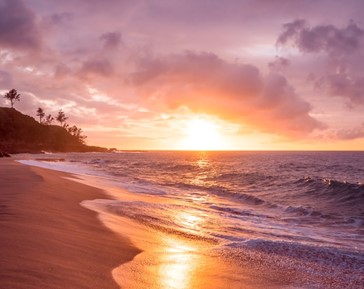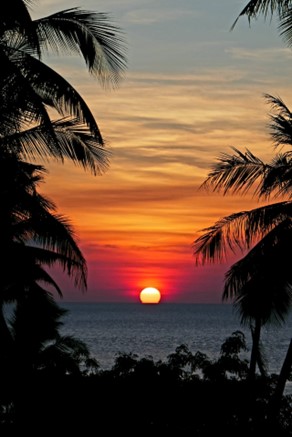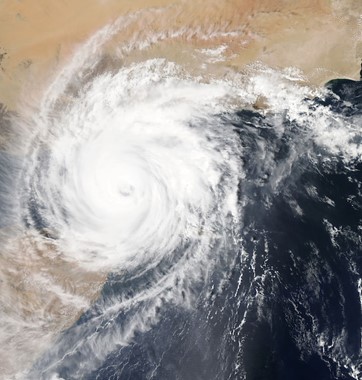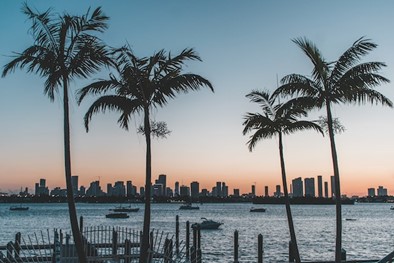
Tampa Bay’s intense sunny summers can be a real challenge for homeowners hoping to keep their lawns green, verdant, and healthy throughout the year. However, by sensibly choosing turf that can withstand the heat, Tampa residents can maintain their properties’ curb appeal without wasting water or harming the local environment.
From there, it’s as simple as following local watering and mowing mandates and taking time to focus on the finer details. So, Ashley Roberts of Tampa Bay, Florida explains that for the careful homeowner looking to care for their Tampa Bay lawn, there are several tips you need.
Finding the Best Grass for Tampa’s Climate
Native species of grass will always do better in Tampa’s hot, wet climate compared to non-native species. For example, St. Augustine, Bahia, and Centipede turf are all local to the South Florida environment and they’ll thrive in the heat and rain of Tampa summers.
Most locals prefer St. Augustine turf for its deep bluish-green color and thick density that capture the picturesque look of a golf course green. It’s also ideal for a wide variety of soil types, of which Florida has many.
Plant Florida Natives
There’s more to sustaining a beautiful lawn than caring for the grass. The added fauna a homeowner chooses can add details and improve the overall curb value of their property. Again, as with grass, native fauna will also thrive in the South Florida sun compared to non-native species. Some of the best examples include:
- Butterfly milkweed
- Seaside goldenrod
- Sea grapes
- Swamp lilies
- Bald cypress
- Sabal palm
- Sea-oxeye daises
Whether in winter, spring, summer, or fall, these plants can add a splash of color to a property and thrive no matter the weather and with very little maintenance.

Don’t Over Water
The beauty of planting native species of grass is that they’ve evolved to thrive in the Tampa climate without much intervention. This means that they won’t need as much water as other non-native grasses. This is ideal considering that much of Florida has strict watering regulations.
For example, Tampa Bay and Hillsborough County specifically bar homeowners from watering their lawns between the hours of 8:00 AM and 6:00 PM. Additionally, homeowners may only water their lawns once a day, twice a week. This is to conserve water during the particularly hot months of summer.
Follow Mowing Guidelines
Depending on the species of grass a homeowner chooses, they should be careful to avoid over-mowing it. If certain species are cut too short, it can welcome invasive weeds and pests into the lawn, ruining an otherwise healthy patch of turf. For the three most common native species of grass, we recommend adhering to these mowing lengths:
- Centipede: 1.5 – 2.5 inches
- Bahia: 3 – 4 inches
- St. Augustine: 3.5 – 4 inches
By keeping their grass within these ranges, homeowners will find it easier to keep their lawns healthy and green during the intense sunny months of summer.
The Bottom Line
Caring for a lawn in the Tampa Bay area isn’t as challenging as it seems. Despite the heat of summer, native plants will thrive and maintain their bright colors without needing as much water. For this reason, it’s best that Tampa residents read up on the local fauna and plant species that are made for the climate.






